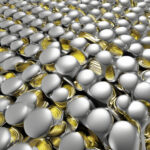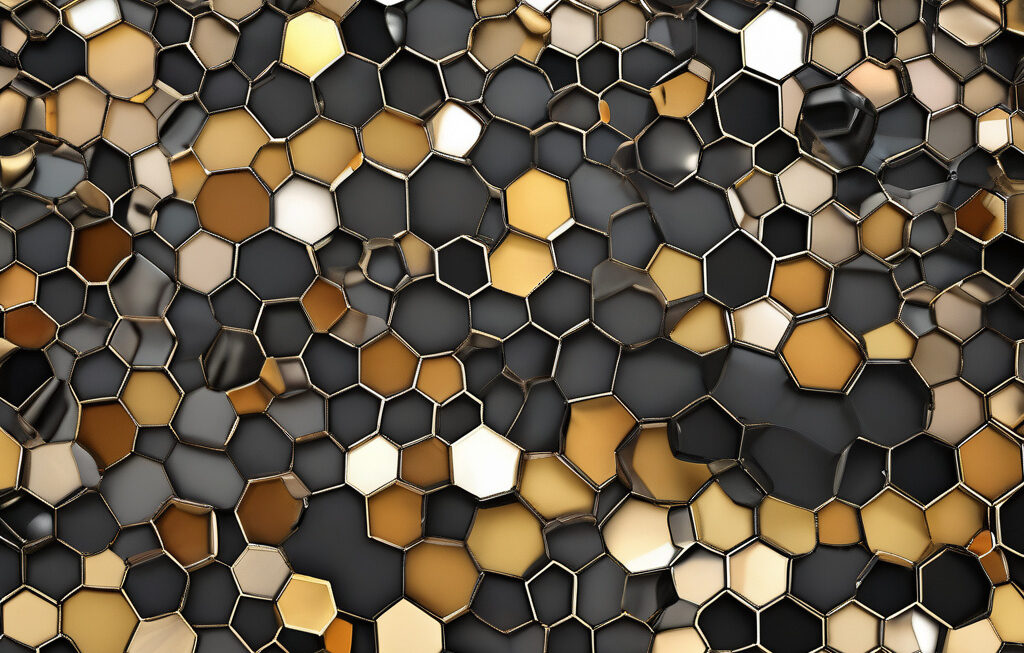Diamonds have long been a symbol of luxury, elegance, and durability. Their natural formation deep within the Earth’s crust over millions of years has made them one of the most coveted gemstones in the world. However, recent advancements in technology have allowed scientists to create diamonds in a matter of hours, using electron beams to mimic the extreme pressure and temperature conditions found in the Earth’s mantle.
Researchers at the University of Tokyo have developed a new method for creating synthetic diamonds that challenges the traditional techniques that have been used for decades. By irradiating a tiny piece of graphite with high-energy electron beams, the scientists were able to induce a series of chemical reactions that ultimately resulted in the formation of a small diamond crystal.
This groundbreaking achievement overturns the common wisdom that synthetic diamonds can only be produced using high-pressure, high-temperature (HPHT) methods or chemical vapor deposition (CVD) techniques. By utilizing electron beams, the researchers were able to create diamonds more efficiently and cost-effectively, opening up new possibilities for the production of lab-grown diamonds on a larger scale.
One of the key advantages of this new method is its ability to control the size, shape, and quality of the synthetic diamonds produced. Traditional diamond synthesis methods often result in diamonds with impurities or irregularities, which can affect their overall value and usability. In contrast, the diamonds created using electron beams are of high purity and exhibit excellent crystal structure, making them ideal for use in various industrial applications, such as cutting tools, electronics, and even jewelry.
Furthermore, the use of electron beams eliminates the need for the large, specialized equipment required for HPHT and CVD diamond synthesis, making the process more accessible to a wider range of researchers and manufacturers. This could potentially lead to a significant increase in the production of synthetic diamonds in the coming years, meeting the growing demand for ethically sourced and environmentally friendly alternatives to natural diamonds.
In addition to its practical applications, the ability to create diamonds using electron beams also holds promise for scientific research and exploration. Synthetic diamonds have unique properties that make them valuable tools for studying high-pressure and high-temperature environments, such as those found deep within the Earth or on other planets. By refining the electron beam synthesis technique, scientists could unlock new insights into the geology of our planet and beyond.
Overall, the development of a new method for creating diamonds using electron beams represents a major milestone in the field of materials science and engineering. By pushing the boundaries of what was once thought possible, researchers at the University of Tokyo have paved the way for a more sustainable and innovative approach to diamond production. As technology continues to advance, the potential for creating diamonds in a lab setting may one day rival the beauty and brilliance of those found in nature.
#Diamonds, #ElectronBeams, #UniversityofTokyo, #SyntheticDiamonds, #MaterialsScience












